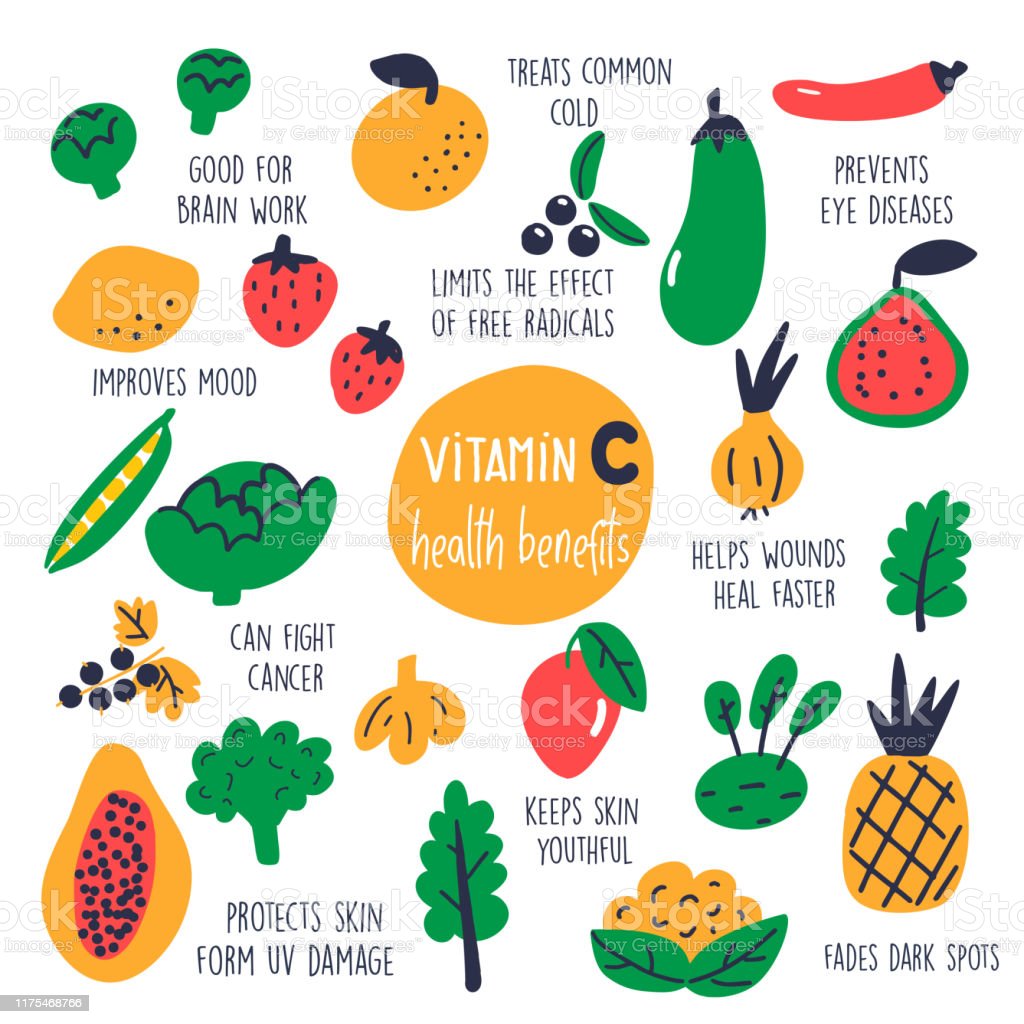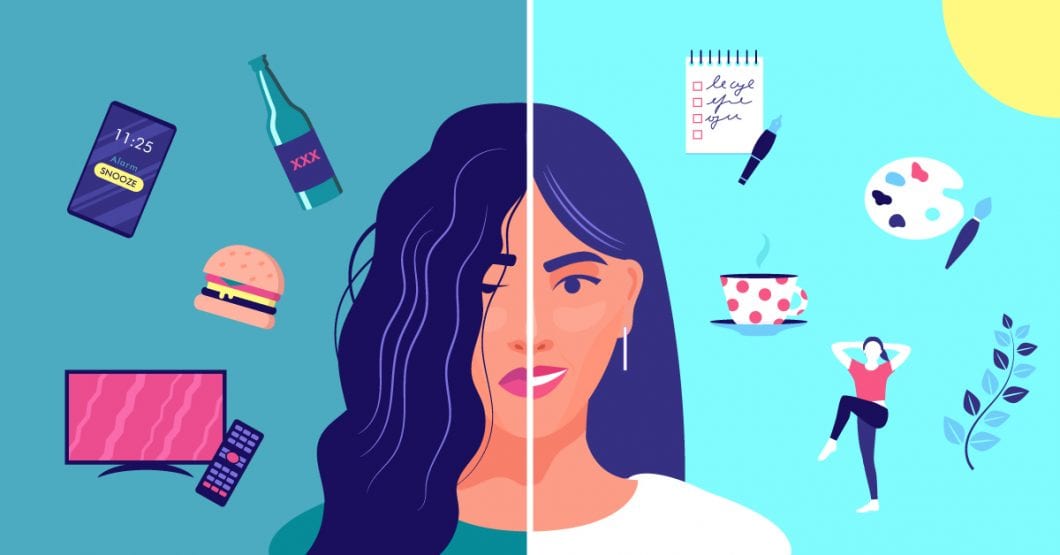
Fibre is a great source of many health benefits. The average American only consumes about half of the recommended daily intake. Eating a variety of foods high in fibre is key to improving your overall health. There are many types of fiber that are popular, including fruits and vegetables, whole grains and nuts. Choosing foods that are high in fibre is a simple first step in boosting your health. However, fibre has more benefits than just improving digestion.
Fiber is good for the heart and has many health benefits. Research shows that a diet high in fibre reduces the risk of cardiovascular disease by 50%. It also lowers "bad" cholesterol. It is also known to control blood sugar levels. It has been proven to reduce the risk of certain cancers, including diabetes and colon cancer. Many studies show that fibre intake increases the risk of colon cancer. You can avoid colon cancer by eating more fiber and you will lose weight more easily.

In addition to lowering the risk of colon cancer and other chronic diseases, fibre helps maintain the proper functioning of the digestive system. According to the WereldkankerOnderzoekfond, increasing your fibre intake can prevent twelve percent colon cancer. Soluble fiber absorbs cholesterol from food and excretes it through the feces. And it helps make blood vessels healthier. It reduces the chance of having a stroke or heart attack.
Children who consume a high-fiber diet may have better health and be less likely to develop chronic diseases. The benefits of dietary fibre are numerous, although there is still much to be discovered. It can be beneficial to the digestive system as well as organs. Enteral formulas containing fibre should be prescribed for children who have a high nutritional need. They may also benefit from fiber supplements if they don’t get enough.
Fibre is important for weight control. Fiber, when consumed regularly, can make it easier to feel fuller and reduce calorie intake. Because it has a low-calorie content, it is often recommended to include more fibre in your diet. Denmark's traditional diet, which is rich in fiber, has half the rate of obesity as Canada. This is due to whole grains, legumes, fruit, and vegetables.

According to the study, people are very knowledgeable about fibre. The average score was 3.54 (+-0.5). There is a greater chance that a student has learned about fibre. According to the survey, fibre has many other benefits. This includes a decrease in the risk for heart disease, cancer and other digestive disorders. The public is well aware of the many benefits of fiber.
FAQ
What are 10 healthy behaviors?
-
Breakfast is a must every day.
-
Don't skip meals.
-
Eat a balanced, healthy diet.
-
Drink lots of water.
-
Take care to your body.
-
Get enough sleep.
-
Avoid junk food.
-
Daily exercise
-
Have fun
-
Find new friends
Do I have to count calories?
Perhaps you are wondering what the best diet is for you. or "is counting calories necessary?" It depends on many factors such as your current health, personal goals, preferences, and overall lifestyle.
The Best Diet for me - Which One Is Right for You?
My current health, my personal goals and lifestyle will determine the best diet for me. There are many diets out there, some good and some bad. Some are better for certain people than others. What should I do then? How can I make the right choice?
This article aims at answering these questions. It starts with a brief introduction of the different types of diets available today. After that, you will learn about the pros and disadvantages of each type. The final step is to determine which one is right for you.
Let's look at some of the main types of diets to get started.
Diet Types
There are three types of diets available: ketogenic, high-protein, and low fat. Let's briefly discuss them below.
Low Fat Diets
A low-fat diet reduces the amount of fats you eat. This is achieved through reducing intakes of saturated fats (butter and cream cheese, for example). It is possible to replace these saturated fats with unsaturated ones (olive oil or avocados). People who are looking to lose weight quickly and easily will benefit from a low-fat diet. This diet can cause problems such constipation as heartburn, indigestion, and even stomach pain. If a person doesn’t receive enough vitamins from their foods, this can lead to vitamin deficiency.
High Protein Diets
High protein diets reduce carbohydrates to favor of proteins. These diets often have higher levels of protein than most other diets. They are meant to help build muscle mass and burn more calories. One problem is that they might not be sufficient to provide regular nutrition. They can also be very restrictive so they may not be suitable for everyone.
Ketogenic Diets
Ketogenic diets also go by the name keto diets. They are high on fat but low in carbs and proteins. Athletes and bodybuilders use them because they allow them more time and harder training without feeling fatigued. To avoid side effects such as fatigue, nausea, headaches, or other unpleasant side effects, you must strictly adhere to their instructions.
How often do I need to exercise?
Fitness is key to a healthy lifestyle. There is no set time limit for exercising. The key is finding something you enjoy and stick with it.
If you work out three times a week, then aim to complete 20-30 minutes of moderate intensity physical activity. Moderate intensity means that your muscles will continue to work hard even after you finish. This type of workout burns around 300 calories.
If you prefer to walk, go for 10 minute walks four days a week. Walking is low-impact, easy on your joints, and it's also very gentle.
Jogging for 15 minutes three days a week is a good option if you prefer to run. Running is a great way to burn off excess calories and build muscle tone.
If you're not used to exercising, start slowly. You can start with only 5 minutes per week of cardio. Gradually increase your cardio time until you reach the goal.
Exercise: Is it good or bad for immunity?
Exercise is good to your immune system. Your body creates white blood cells when you exercise that fight infection. You can also eliminate toxins from the body. Exercise helps to prevent heart disease and cancer. Exercise also helps to reduce stress levels.
However, exercising too much can weaken your immune system. You can cause muscle soreness by working out too hard. This causes inflammation and swelling. The body then needs to make more antibodies to fight infection. The problem is that these extra antibodies can cause allergies and autoimmune disorders.
So, don't overdo it!
What's the difference between fat or sugar?
Fat is an energy source that comes directly from food. Sugar is a sweet, naturally occurring substance in fruits and vegetables. Both sugars and fats have the same calories. But fats are twice as calories as sugars.
Fats can be stored in the body, which can lead to obesity. They can cause cholesterol buildup, which can lead you to heart attacks and strokes.
Sugars are quickly absorbed and provide instant energy. This causes blood sugar levels to rise. High blood glucose levels can lead to type II diabetes.
What are the best 10 foods to eat?
These are the 10 best foods to try:
-
Avocados
-
Berries
-
Broccoli
-
Cauliflower
-
Eggs
-
Fish
-
Grains
-
Nuts
-
Oats
-
Salmon
Statistics
- WHO recommends reducing saturated fats to less than 10% of total energy intake; reducing trans-fats to less than 1% of total energy intake; and replacing both saturated fats and trans-fats to unsaturated fats. (who.int)
- The Dietary Guidelines for Americans recommend keeping added sugar intake below 10% of your daily calorie intake, while the World Health Organization recommends slashing added sugars to 5% or less of your daily calories for optimal health (59Trusted (healthline.com)
- nutrients.[17]X Research sourceWhole grains to try include: 100% whole wheat pasta and bread, brown rice, whole grain oats, farro, millet, quinoa, and barley. (wikihow.com)
- This article received 11 testimonials and 86% of readers who voted found it helpful, earning it our reader-approved status. (wikihow.com)
External Links
How To
How to keep your body and mind healthy
This project was designed to offer some helpful suggestions to help you keep your body in good health. Understanding what you need to do to keep your health in good shape is the first step to maintaining your health. This was necessary because we needed to know what is good for us. Then, we looked at all the ways people tried to improve health. We discovered many things that could benefit us. We finally came up with some tips to help us be happier and healthier.
We began by looking at all the food we eat. Some foods are unhealthy and others are healthy. For example, we know that sugar is very unhealthy because it causes weight gain. But fruits and vegetables are good because they provide vitamins and minerals essential to our bodies.
Next, exercise was discussed. Exercise helps our bodies get stronger and gives them energy. Exercise makes us happy. There are lots of exercises that we can do. There are many exercises that you can do, including running, swimming or dancing. You can also lift weights and play sports. Yoga is another option to increase strength. Yoga is a great workout because it increases flexibility and improves breathing. Avoid junk food and drink plenty water if you want to lose weight.
We ended our discussion with a mention of sleep. Sleep is an essential part of our daily lives. Lack of sleep can lead to fatigue and stress. This can lead us to many problems such as anxiety, back pains, depression, heart disease or diabetes, and even obesity. If we want to be healthy, we need to get enough sleep.